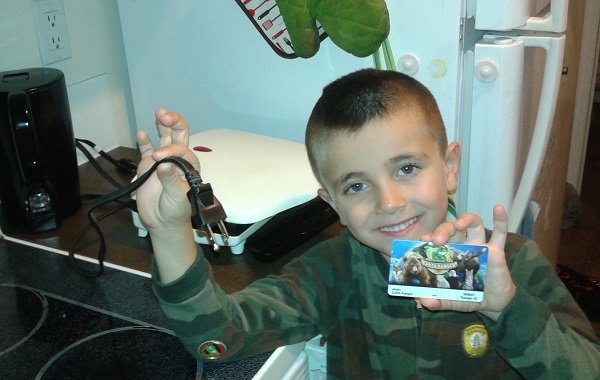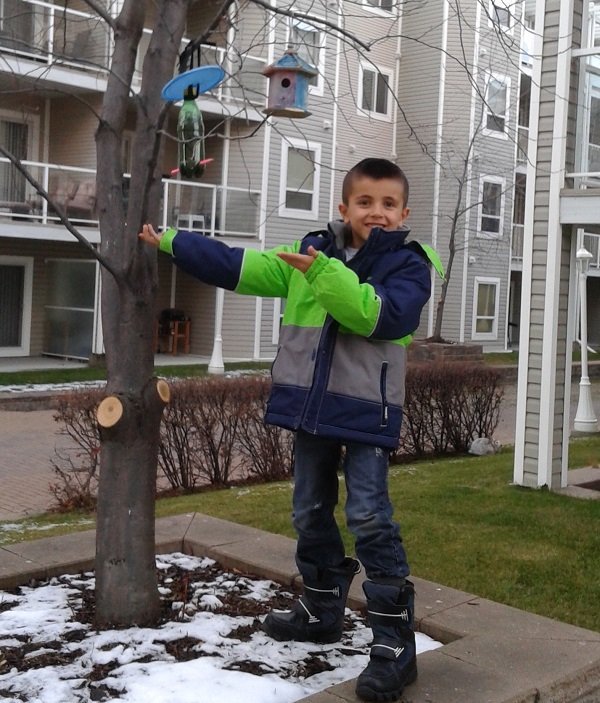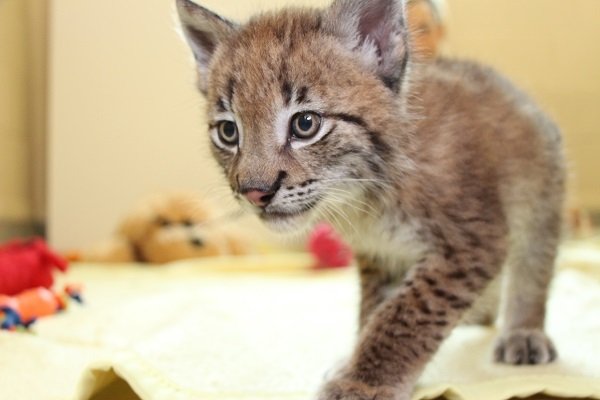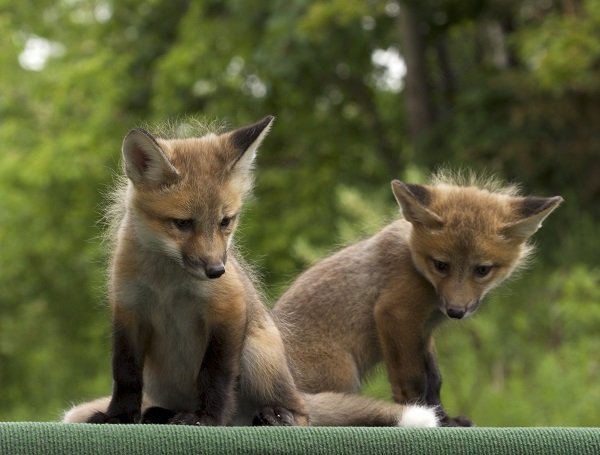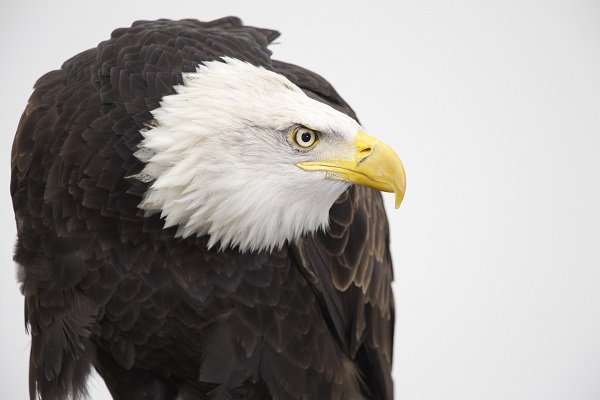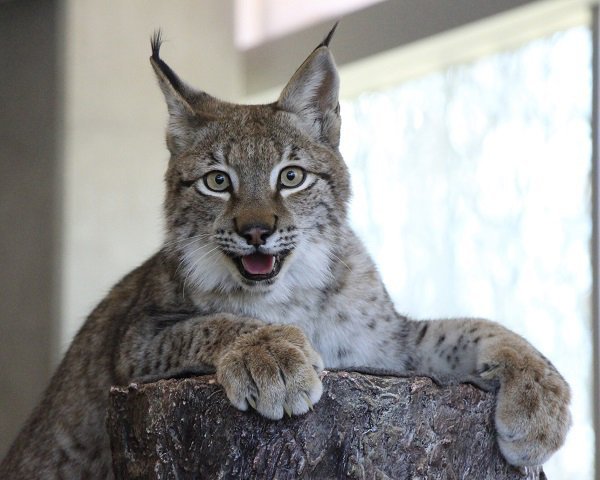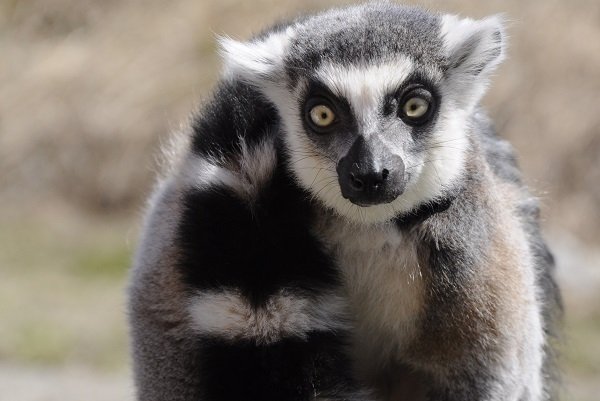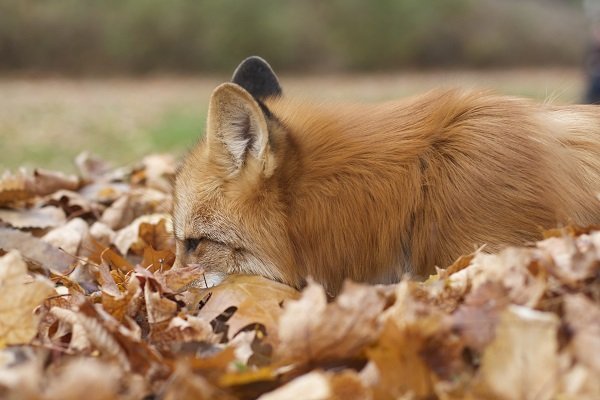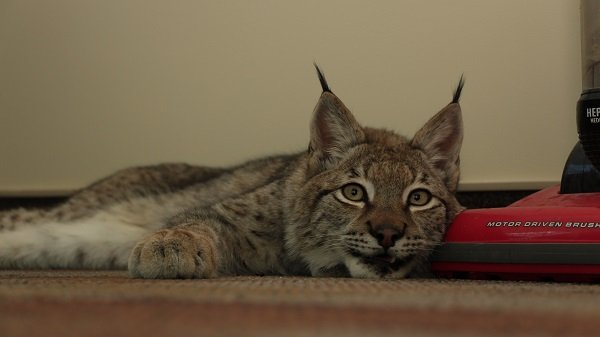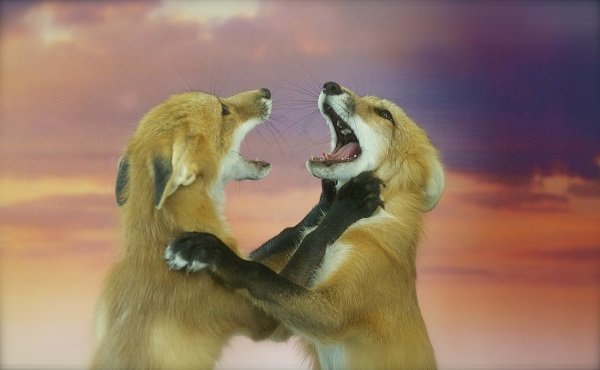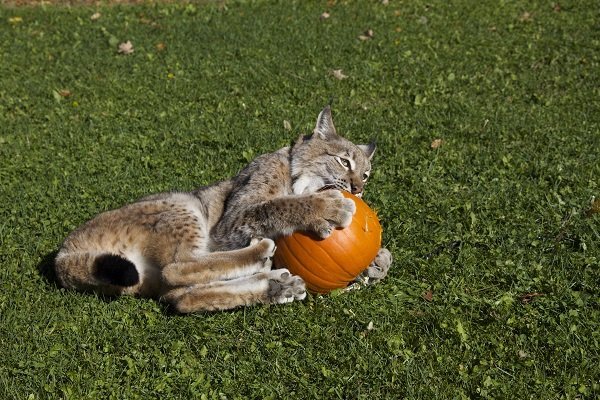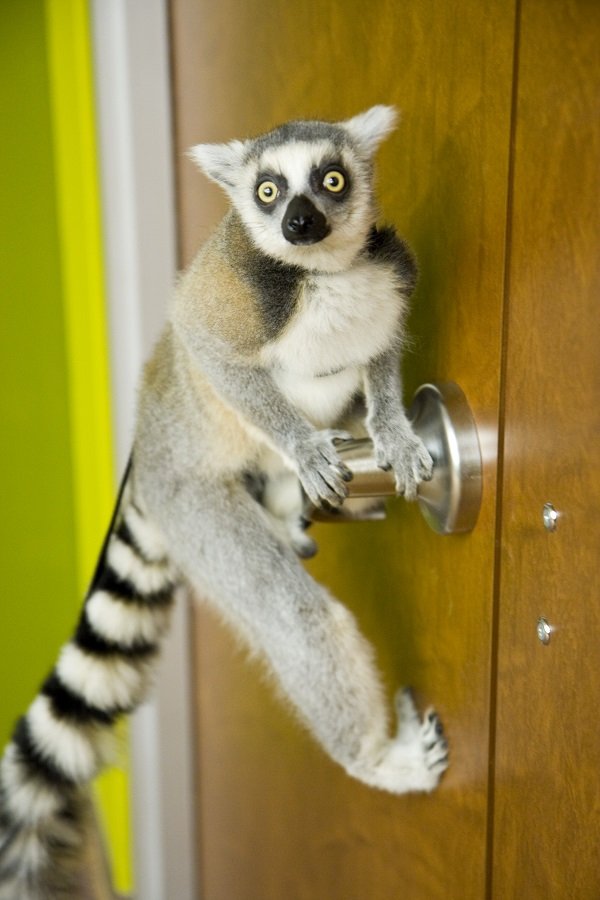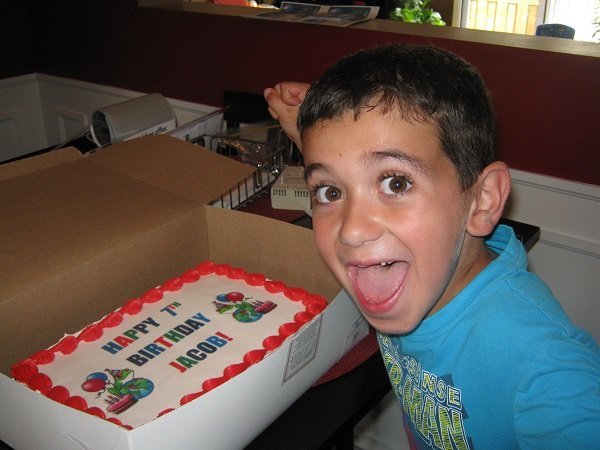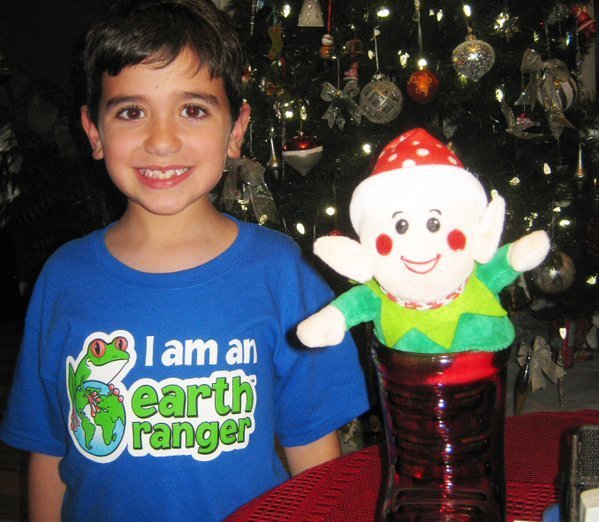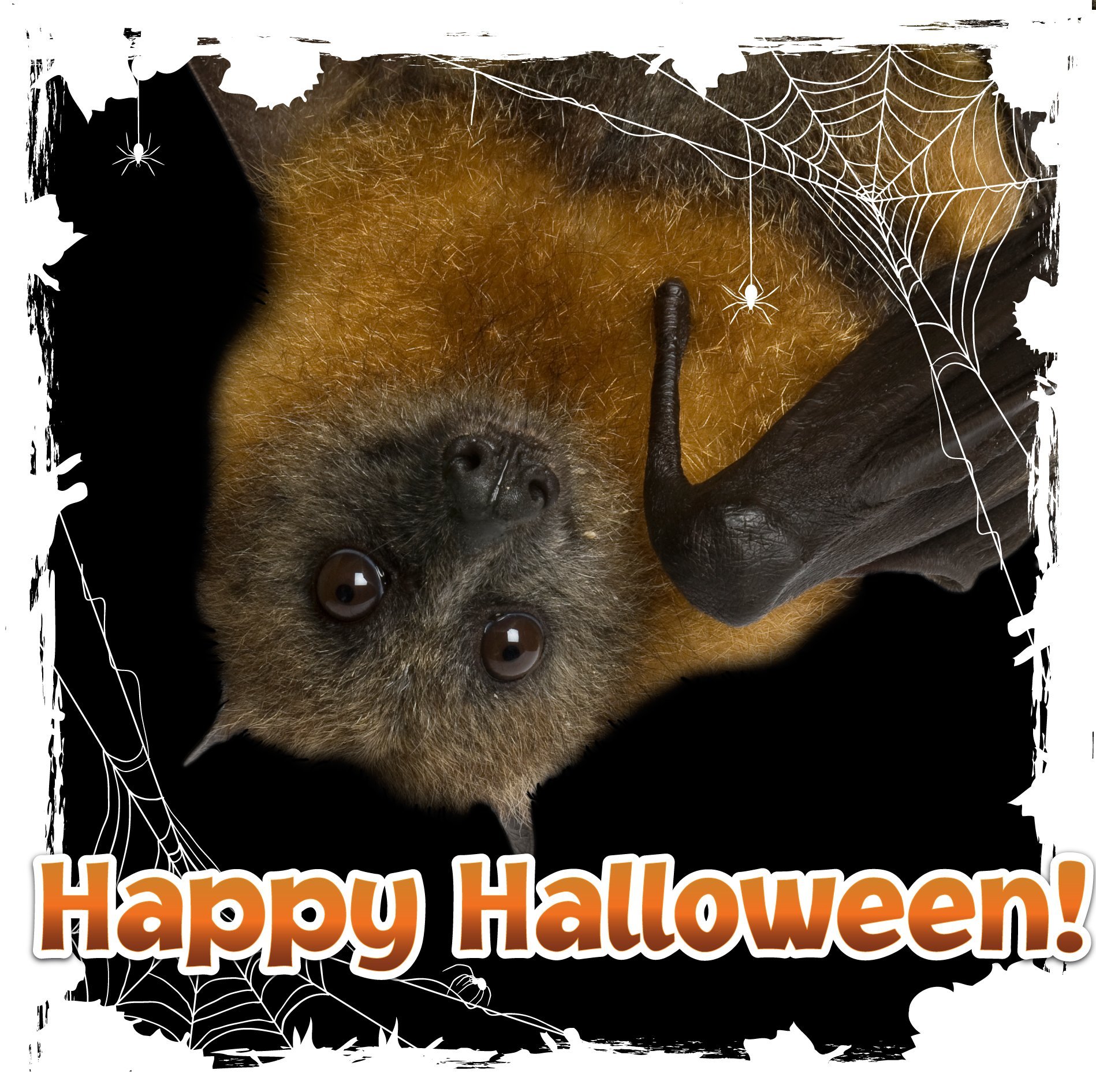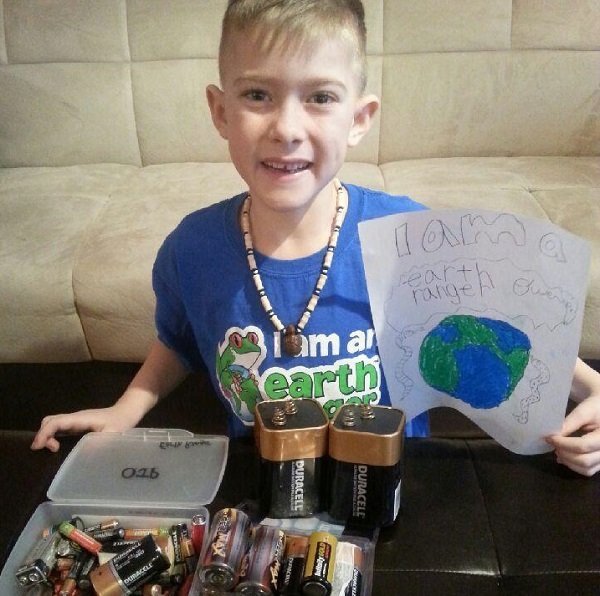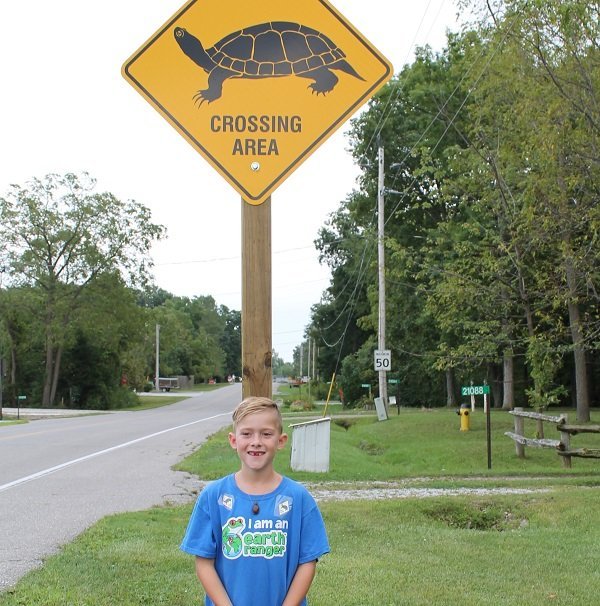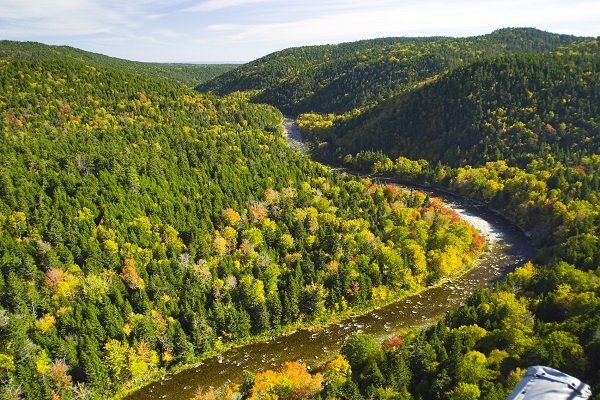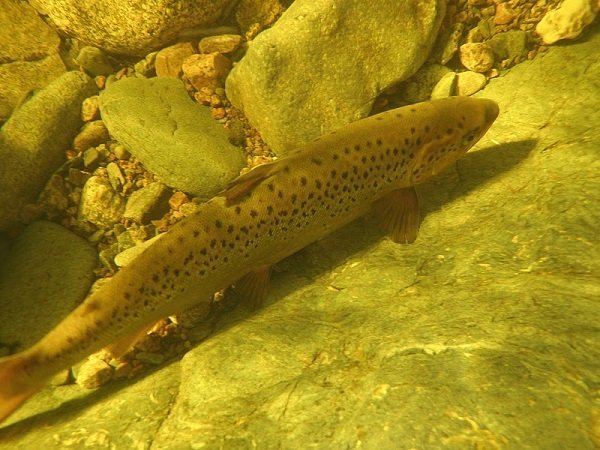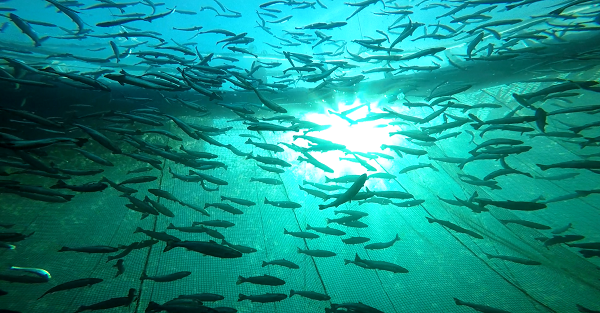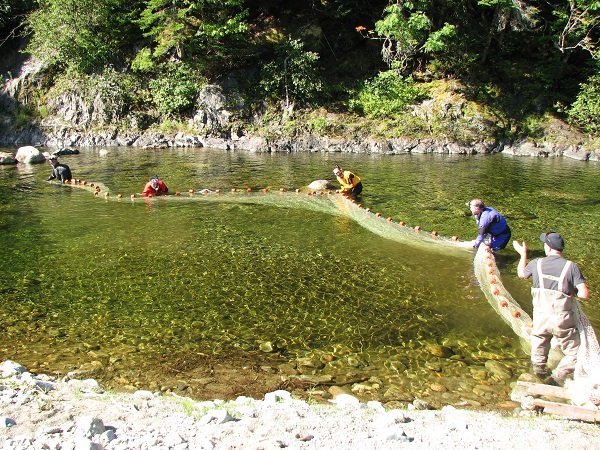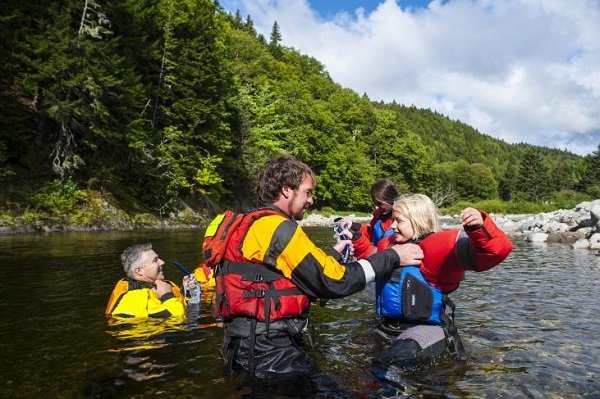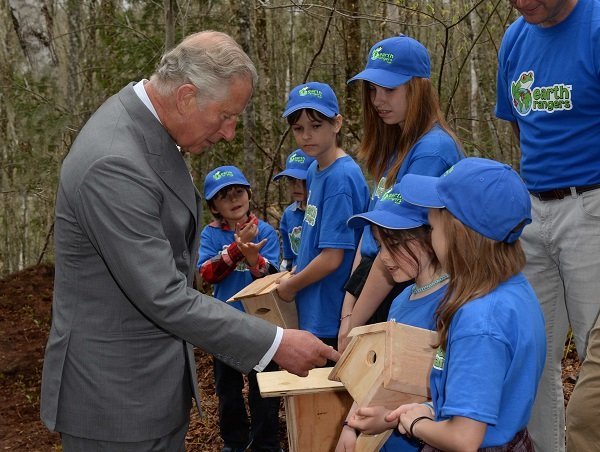We all know that everybody poops, but if you think all animals poop the same, be prepared to be surprised! Check out this top ten list of poopy animal facts and let us know which one is your favourite!
10) Elephant POO-APER!
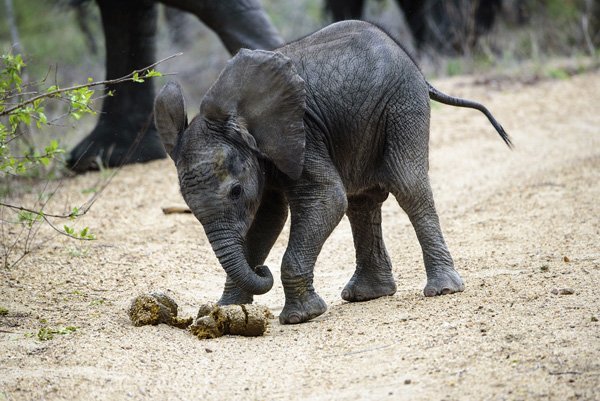
Because elephants only digest 45% of their food, and their waste is mostly made up of fiber, the Thai Elephant Conservation Center in Northern Thailand developed a method for making elephant dung into paper. First, poo fibers are cleaned before spinning and framing. Then they’re cut and the paper is turned into handmade notebooks. An elephant can generate enough dung to make over 100 pages of paper a day! Think about using Elephant POO-APER to write and tell us all about your next Earth Rangers’ Mission!
9) Some poo on the go, while others poo on the down low!
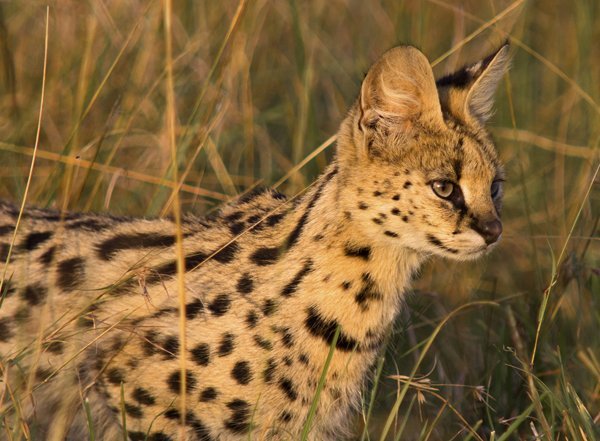
There are some animals like elephants, cows and ungulates (like deer) that poo on the go and barely bat an eyelash, but there are others who poo on the down low. Some cat species, like the one you might have at home, do their business in private and clean up after by burying it. This is not because they are obsessed with cleanliness but rather because they have a history of using urine and feces to mark their territory. Cat doo doo may all smell the same to us – mee-yew! – but cats can tell their waste apart from another’s thanks to unique chemical scent markers called pheromones that are found in their urine and feces.
Some dominant wild cats like lions, tigers, leopards and jaguars that may be competing for territory won’t bury their poop as a way of signaling that they have claimed the areas as their own. Smaller or more submissive wild cats, like African servals (hi Sammy!), bury their feces to make sure that dominant cats don’t feel challenged.
8) Llamas helps fight poo-llution in Bolivia!
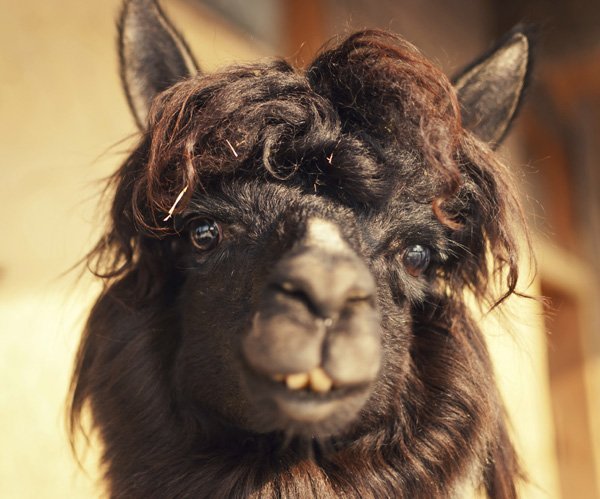
Llama poo has special pollution-fighting powers! It helps clean the dirty water that comes from mines by diluting acid and removing dissolved metals. This technique was originally developed in the United Kingdom with cow and horse manure – who knew poo could help clean water?! Gross but cool!
7) Calling all coffee lovers!
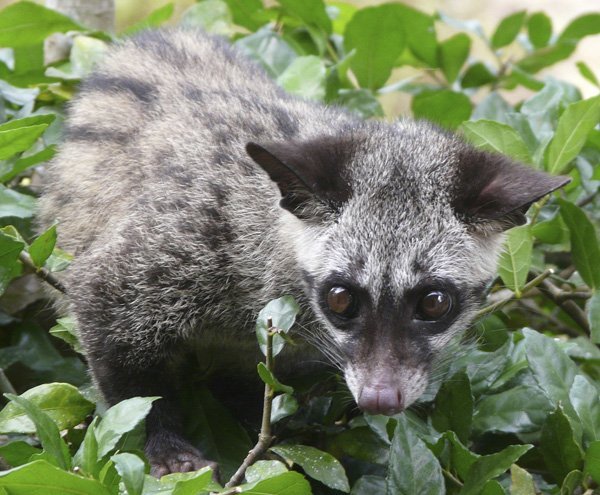
One of the most expensive kinds of coffee is made from beans that are collected from a palm civet’s poop! It’s called kopi luwak. We decided to rename it “kofi yuckee!”
6) Bat poo packs some serious power!
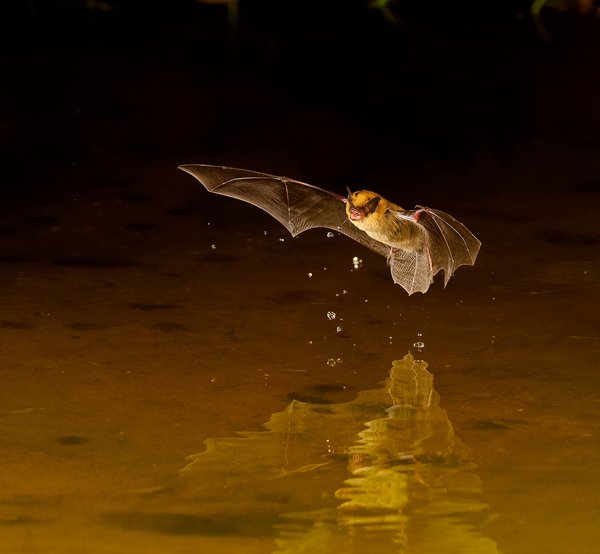
During World War I soldiers used dried bat “guano” (another word for poo), to make explosives! How? Well, the bat’s droppings consist largely of saltpeter (or potassium nitrate), a key ingredient in explosives and fireworks. Bat guano was also used by United States as early as the War of 1812 for making gunpowder. And during the Civil War nearly every large Gray Bat cave in the South was harvested for its guano.
You can help protect bats and their homes by starting a Little Brown Bat Bring Back the Wild Campaign today!
5) Poop is a great way to hide!? But hey… not in real poop!
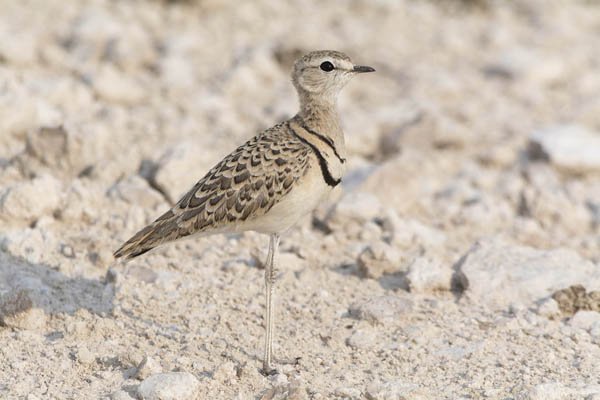
Some species of spiders like the bird dropping spider disguise themselves to look like poop to ward off predators, and a bird called the double-banded courser even disguises its eggs to look like poop.
4) Sloths Poo Dance!
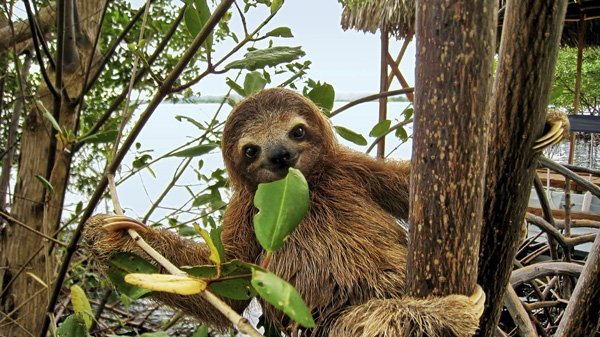
Sloths might be known for chilling high up in the trees most of the time, but they journey down every once and a while. Once a week, they will make a special trip from their tree hang outs to do their “business” in what some experts call THE POO DANCE. Don’t try this at home!
3) Poop that plants a sea garden!
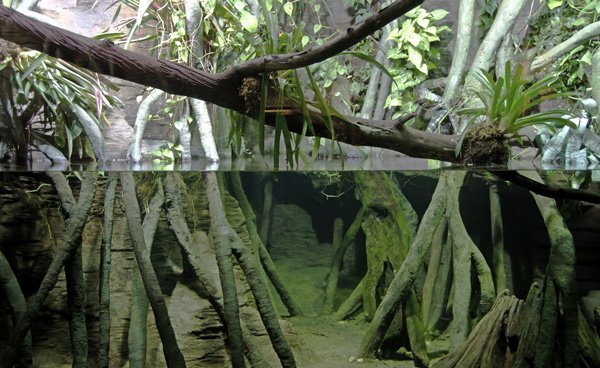
The tambaqui, a species of fish found in the Amazon and all over South America, eats sea-fruit and plant seeds. Since seeds can be tough to digest, a lot of them come out in the fish’s poop! These seeds then can get caught in the right water current and travel up to 5 km away before sinking to the ground and getting replanted. These fish are superb sea gardeners and they don’t even know it!
2) Animal rocket poo!
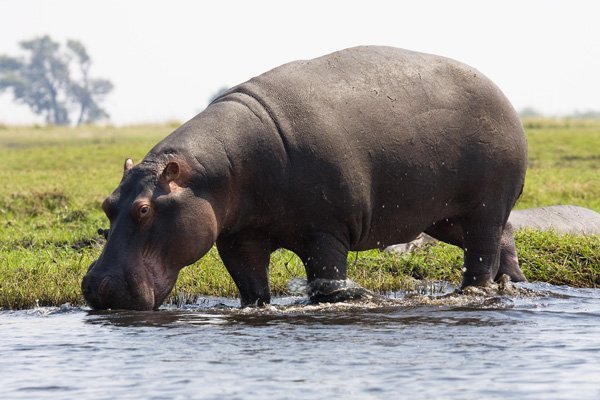
Hippos and penguins rocket into second place on this list of craziest poop facts because they launch their poo! Ew! To attract a mate, hippos use something that we like to call a rotor tail move, where they spin their tail to launch their poop under water. Penguins also send their poo flying, but they do it to keep their beautiful feathers free from doo-doo!
1) Lighten your load before take off!!
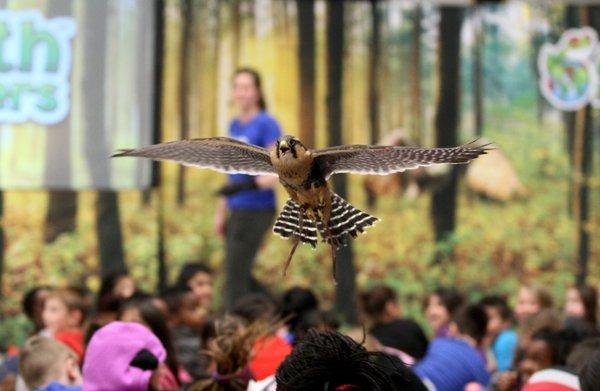
If Earth Rangers has visited your school, it’s likely one of our amazing Animal Ambassadors flew over your head. But how did we make sure you didn’t get pooped on? Birds of prey, like Peregrine Falcons, tend to poop before take-off to lighten their load when flying!
You can help protect Peregrine Falcons by starting your own Bring Back the Wild Campaign!
Resources
kidsanimalstation.com/2012/12/14/10-cool-facts-about-animal-poop/
sparknotes.com/mindhut/2015/01/28/fourteen-fascinatingly-poop-tastic-facts-about-animal-poop
mentalfloss.com/article/17024/6-unexpected-uses-animal-dung
livescience.com/33147-why-do-cats-bury-their-poop.html







